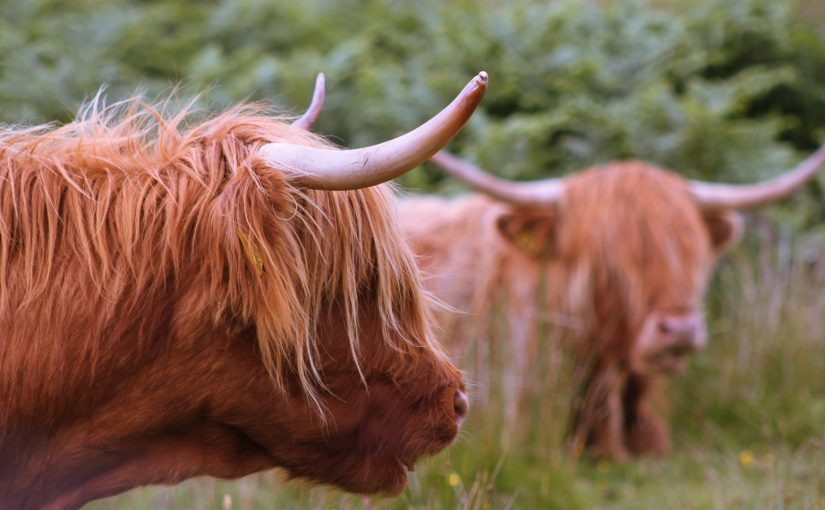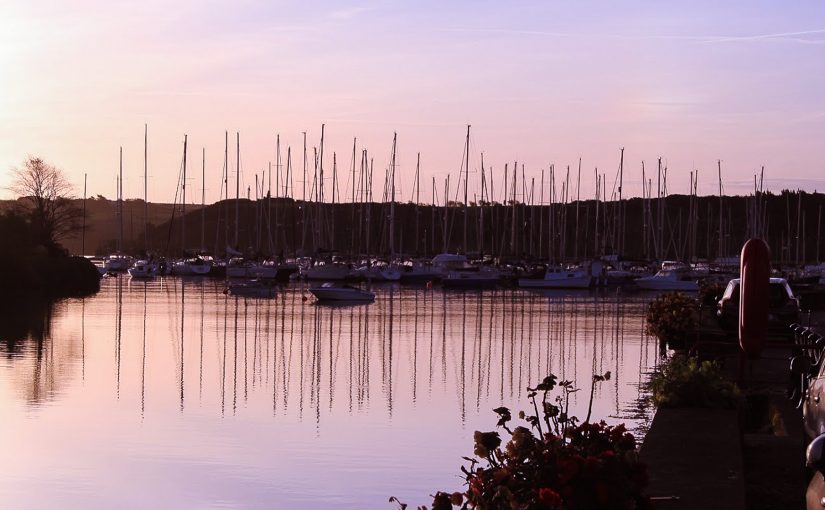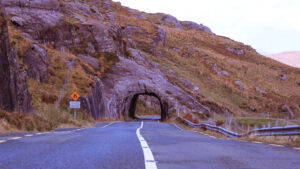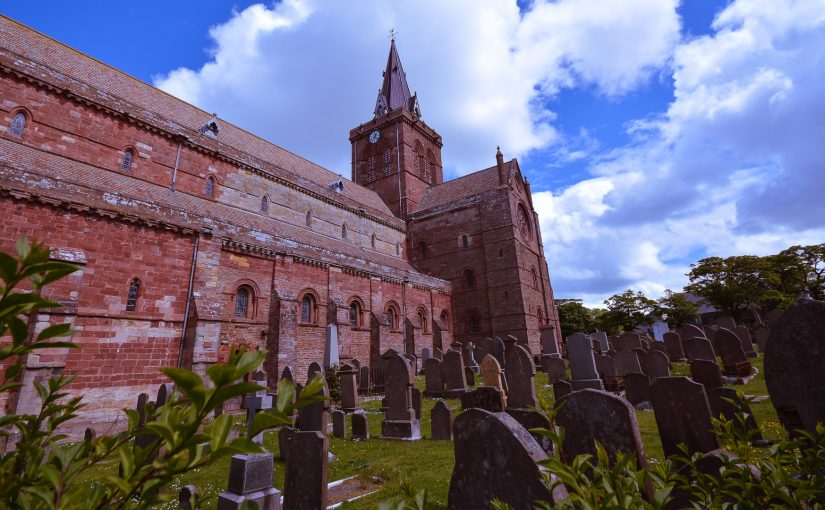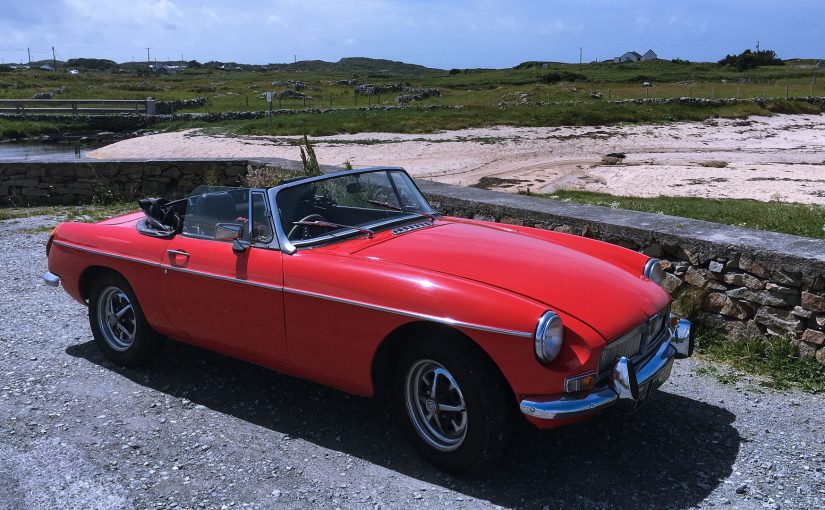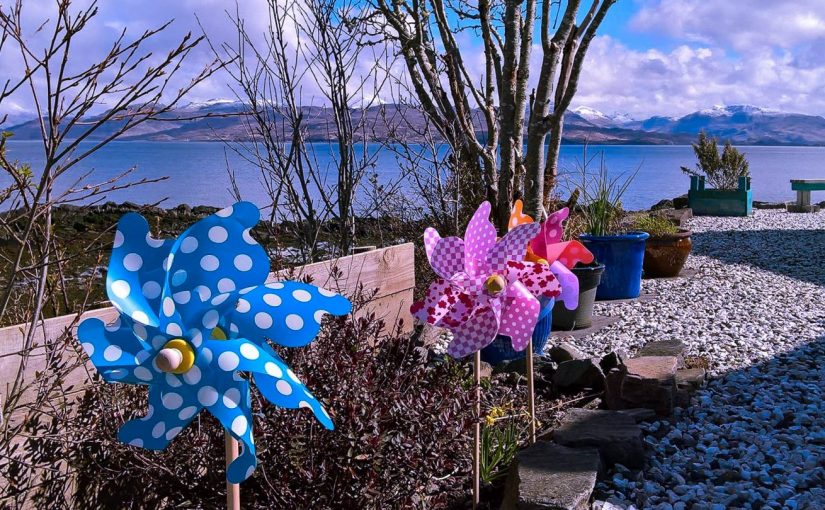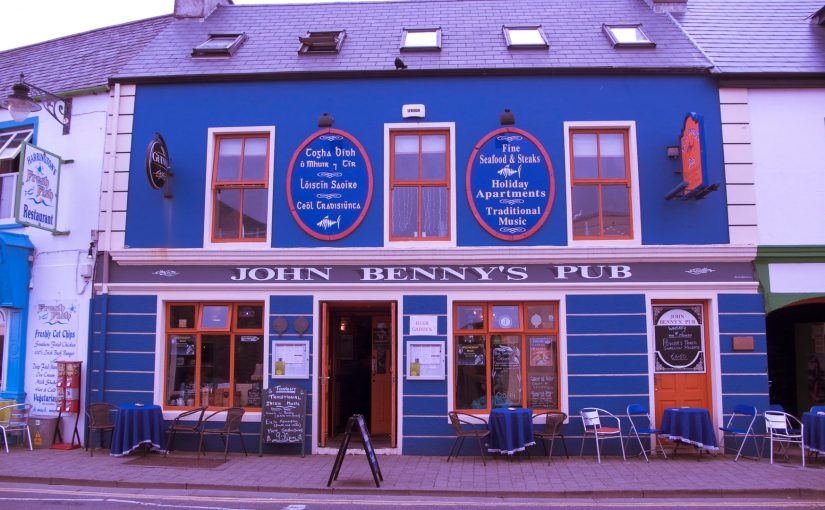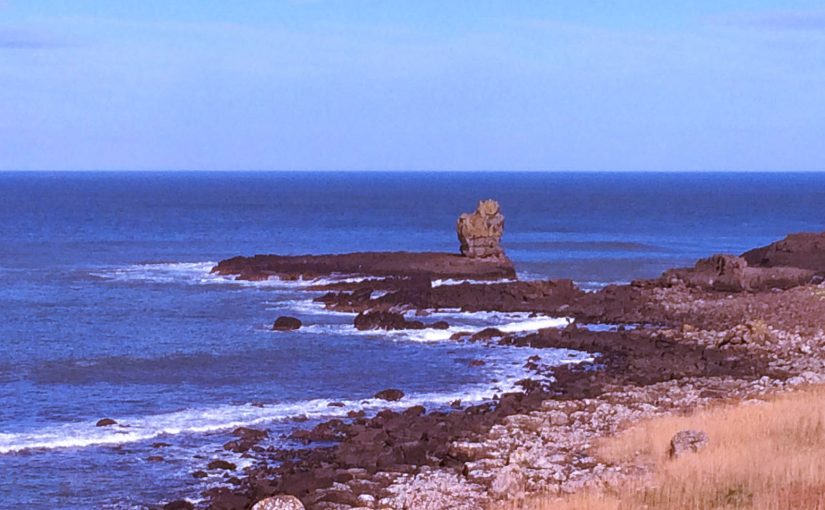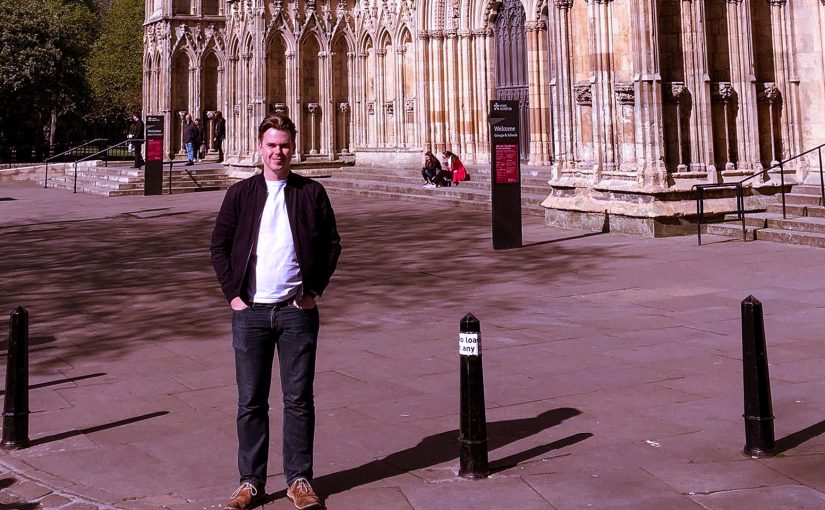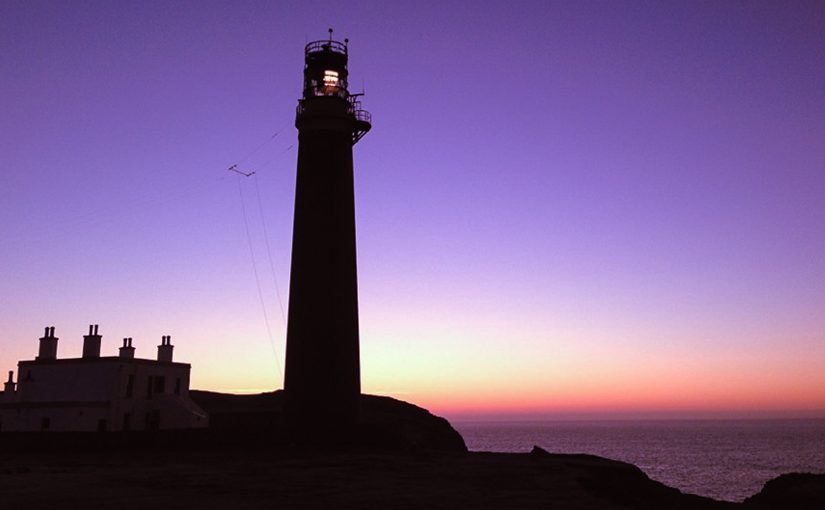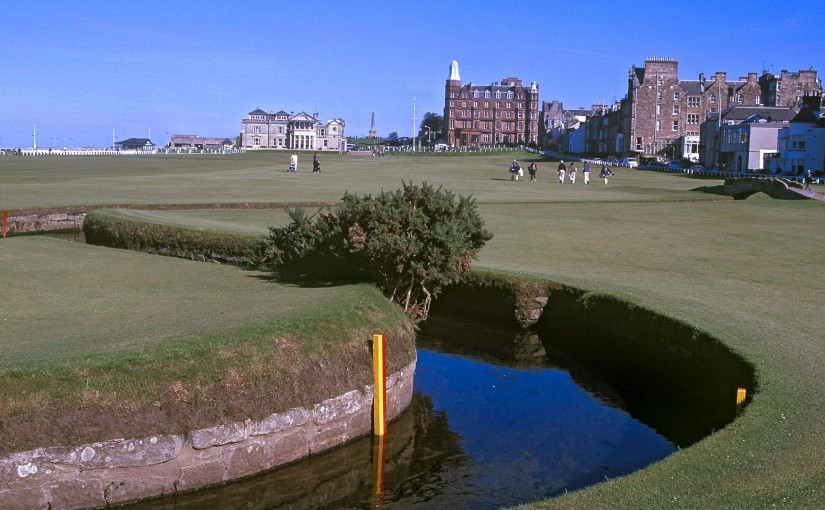A bewildered shaggy highland cow standing in the garden, peering through the glorious Scottish rain that was battering the cottage window: that was one of my main memories from a number of family holidays as a child to the beautiful Isle of Mull, just a short ferry ride off the west coast of Scotland. I was eager to go back here after so long, I had no idea what to expect, but as soon as the ferry set sail knew I was in for a special trip. Not so different to my childhood memories, only this time the cows were at the car window!
Mull is famed for its diverse wildlife and this is proven instantly with regular sightings of porpoises on the crossing to the island. Eagles, deer and seals are also common (if you know where to look!) not to mention the countless sheep and highland cows. Many inhabit the hidden beaches, tucked away just waiting to be found. A variety of boat trips available give people the chance to whale-watch or visit the famous puffins. Unfortunately the weather and the season prevented me from these trips this time, but luckily there is still plenty to see back on dry land. Whether you are in a tour or driving yourself, a trip around Mull will not disappoint. With its dramatic scenery from vertical cliffs plummeting into the choppy sea below or white sandy beaches with calm blue waters, there is something worth seeing at every corner. And there are a lot of corners: Mull is not an island for the faint-hearted driver. The winding single track roads, especially in the north west of the island offer breathtaking views from all angles, looking out onto the wild Isle of Ulva, down across the cliff faces or back towards Ben More, Mull’s very own Munro that towers above you as you drive along the base of this forbidding mountain.
Just a ten minute ferry crossing from the west of Mull you will find the tiny yet blissfully peaceful and idyllic Isle of Iona. This world famous pilgrimage sight for Christians hosts the tranquil Iona Abbey, full of ancient history and artefacts from when Saint Columba landed here in 563 AD. As well as a wealth of history and culture, Iona also has spectacular scenery looking out over the rocky west coast of Mull or the untouched beaches on the west coast overlooking the wild Atlantic.
If you’ve had enough of magnificent landscapes and endless wildlife spotting, the main settlement on the island, Tobermory, offers plenty of options to eat, drink and shop.
The colourful bay offers delicious fresh seafood, lively bars and a number of independent and quirky boutiques giving you the chance to find that one-off souvenir!
Mull produces many of its own products from chocolate to cheese and beer to whisky. My personal favourite, that also goes down a treat in the McKinlay Kidd office, is the delicious lemon melt shortbread from Island Bakery.
Mull and Iona both make for a unique and unforgettable trip in the Inner Hebrides, full of wildlife, dramatic scenery and rich in history. I am already looking forward to my next trip and eager to see those lovable puffins!
By Rhona @ McKinlay Kidd
(Featured photo taken on Mull)

